Wall Street’s vote of no confidence
The Dow Jones industrial average fell almost 5 percent the day the Obama administration’s bank-rescue plan was unveiled.
Financial markets gave the Obama administration’s bank-rescue plan a resounding thumbs down this week, with the Dow Jones industrial average falling almost 5 percent the day the plan was unveiled. Investors criticized the plan, announced in a speech by Treasury Secretary Timothy Geithner, for its lack of specifics and new ideas. The administration “said we’re going to do something bold and new, and it was neither bold nor new,” said Chicago investment manager Peter Cook.
Key elements of Geithner’s plan, which could eventually cost
$2.5 trillion or more, include creating a public-private partnership to buy the distressed loans weighing down the banking sector; a
The Week
Escape your echo chamber. Get the facts behind the news, plus analysis from multiple perspectives.

Sign up for The Week's Free Newsletters
From our morning news briefing to a weekly Good News Newsletter, get the best of The Week delivered directly to your inbox.
From our morning news briefing to a weekly Good News Newsletter, get the best of The Week delivered directly to your inbox.
$1 trillion program to kick-start commercial and consumer lending; and at least $50 billion to prevent home foreclosures and to lower mortgage payments. Geithner acknowledged that “this strategy
will cost money, it will involve risk, and it will take time.” But doing nothing, he warned, risked “incalculable” harm to banks and the economy.
Like Henry Paulson before him, Geithner is “making things up as he goes along,” said The Wall Street Journal in an editorial. His plan for buying up the banking system’s toxic assets “would seem to echo” the Bush administration’s initial approach, which it abandoned when it couldn’t settle on a fair price for the assets. And his determination to throw even more public money at banks will discourage, not spur, private investment. Why buy into the banks when the administration is obviously nationalizing them in slow motion? The bottom line: “If the goal was to reduce uncertainty, it didn’t work.”
No amount of government bailout money can change a basic fact, said Robert Kuttner in USA Today. “Several of America’s biggest banks are insolvent.” The new plan, like the old one, will serve only to prop them up while toxic debt eats away at their capital. “It would be far cleaner and more efficient” for the government to “take over the large banks, clean out their balance sheets,” and then sell them back to the private sector.
A free daily email with the biggest news stories of the day – and the best features from TheWeek.com
The worst shortcoming of the administration’s plan is its near-total lack of transparency, said David Ignatius in The Washington Post. The first round of bank bailouts “was rush-rush and shush-shush,” and when the dust settled, no one could say where the money went or whether it did any good. “If Geithner wants our money for this new rescue package, he has to give the public more details about how it’s being spent.”
-
 How drones have detected a deadly threat to Arctic whales
How drones have detected a deadly threat to Arctic whalesUnder the radar Monitoring the sea in the air
-
 A running list of the US government figures Donald Trump has pardoned
A running list of the US government figures Donald Trump has pardonedin depth Clearing the slate for his favorite elected officials
-
 Ski town strikers fight rising cost of living
Ski town strikers fight rising cost of livingThe Explainer Telluride is the latest ski resort experiencing an instructor strike
-
 Bari Weiss’ ‘60 Minutes’ scandal is about more than one report
Bari Weiss’ ‘60 Minutes’ scandal is about more than one reportIN THE SPOTLIGHT By blocking an approved segment on a controversial prison holding US deportees in El Salvador, the editor-in-chief of CBS News has become the main story
-
 Has Zohran Mamdani shown the Democrats how to win again?
Has Zohran Mamdani shown the Democrats how to win again?Today’s Big Question New York City mayoral election touted as victory for left-wing populists but moderate centrist wins elsewhere present more complex path for Democratic Party
-
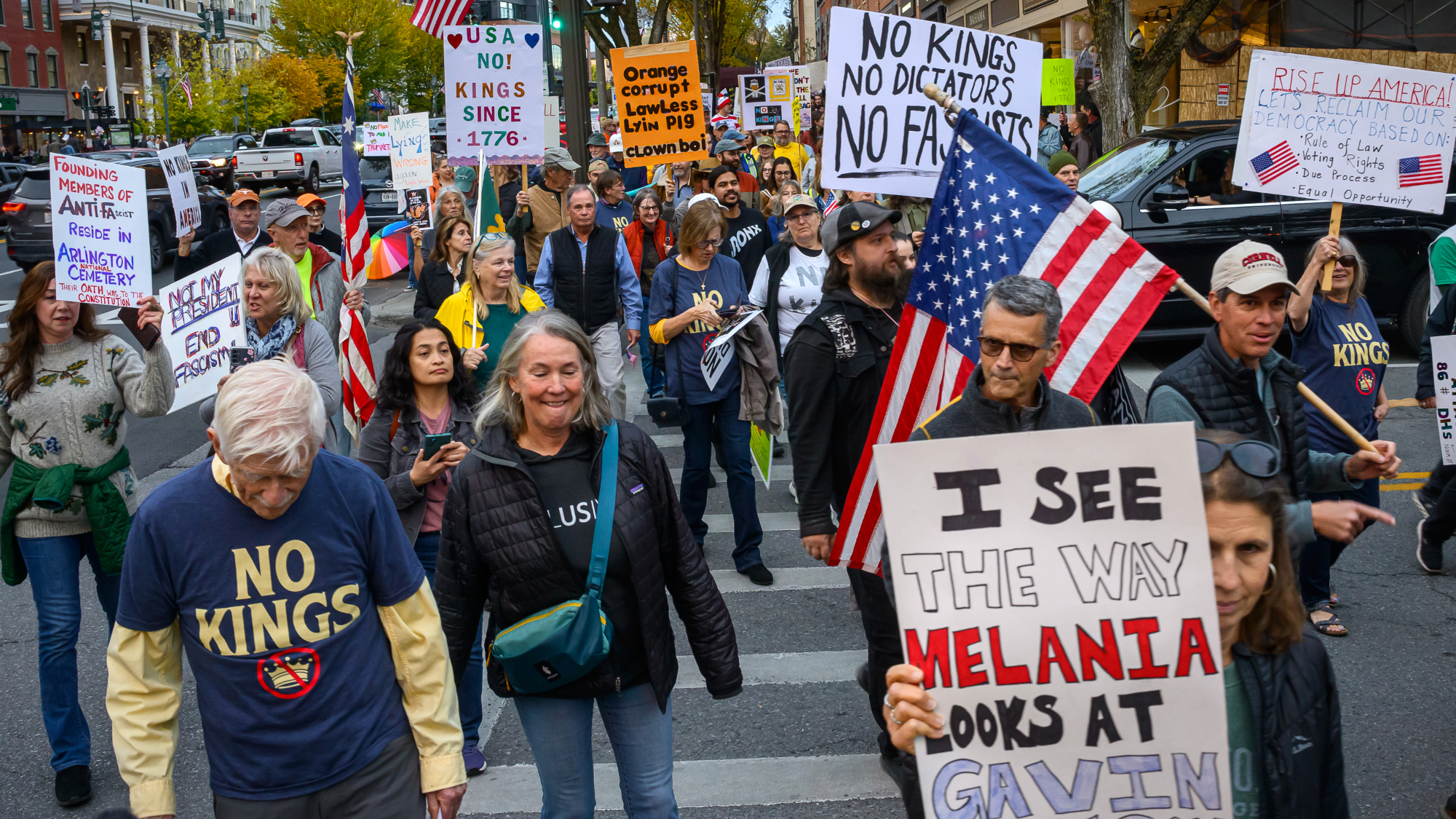 Millions turn out for anti-Trump ‘No Kings’ rallies
Millions turn out for anti-Trump ‘No Kings’ ralliesSpeed Read An estimated 7 million people participated, 2 million more than at the first ‘No Kings’ protest in June
-
 Ghislaine Maxwell: angling for a Trump pardon
Ghislaine Maxwell: angling for a Trump pardonTalking Point Convicted sex trafficker's testimony could shed new light on president's links to Jeffrey Epstein
-
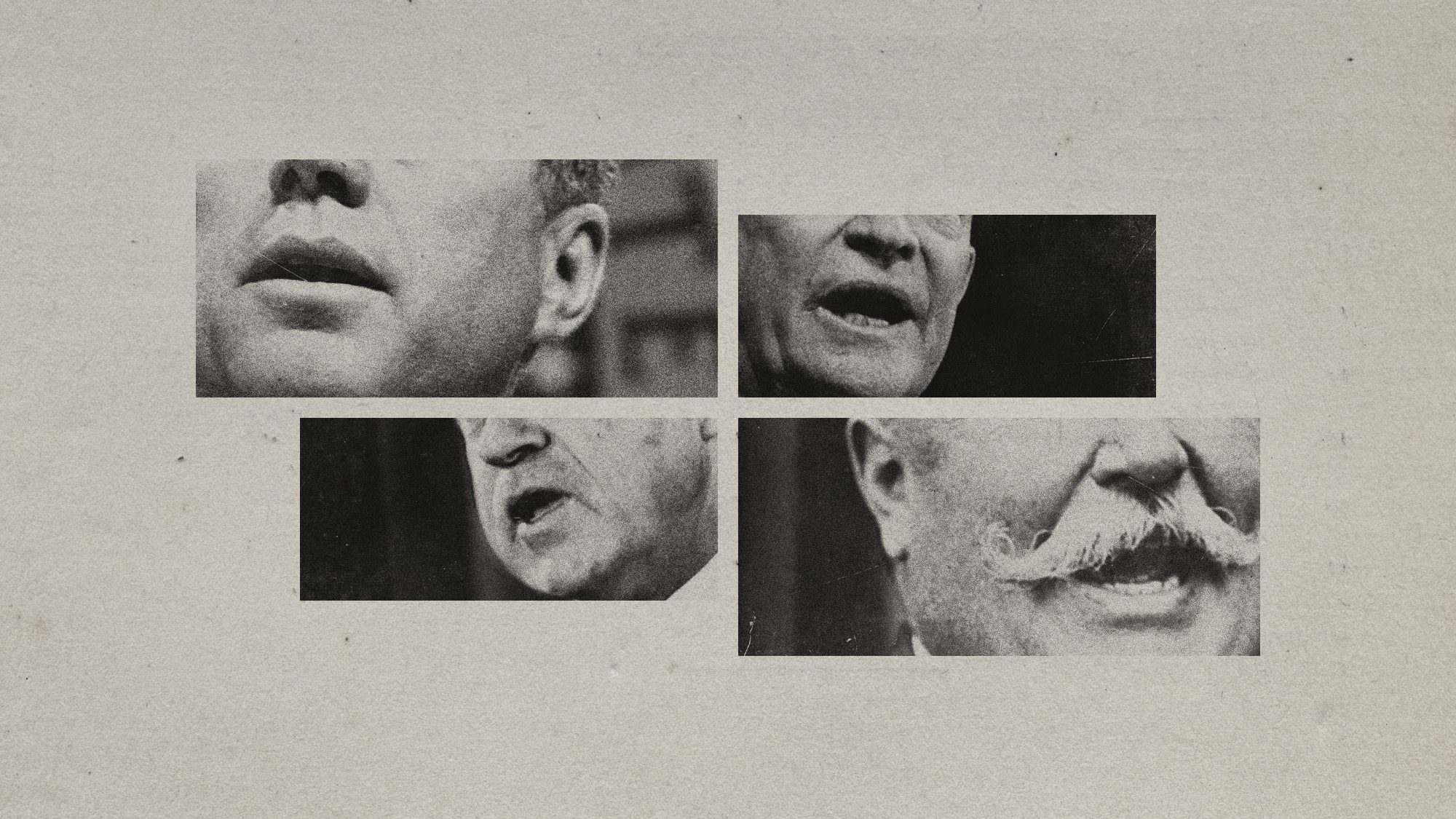 The last words and final moments of 40 presidents
The last words and final moments of 40 presidentsThe Explainer Some are eloquent quotes worthy of the holders of the highest office in the nation, and others... aren't
-
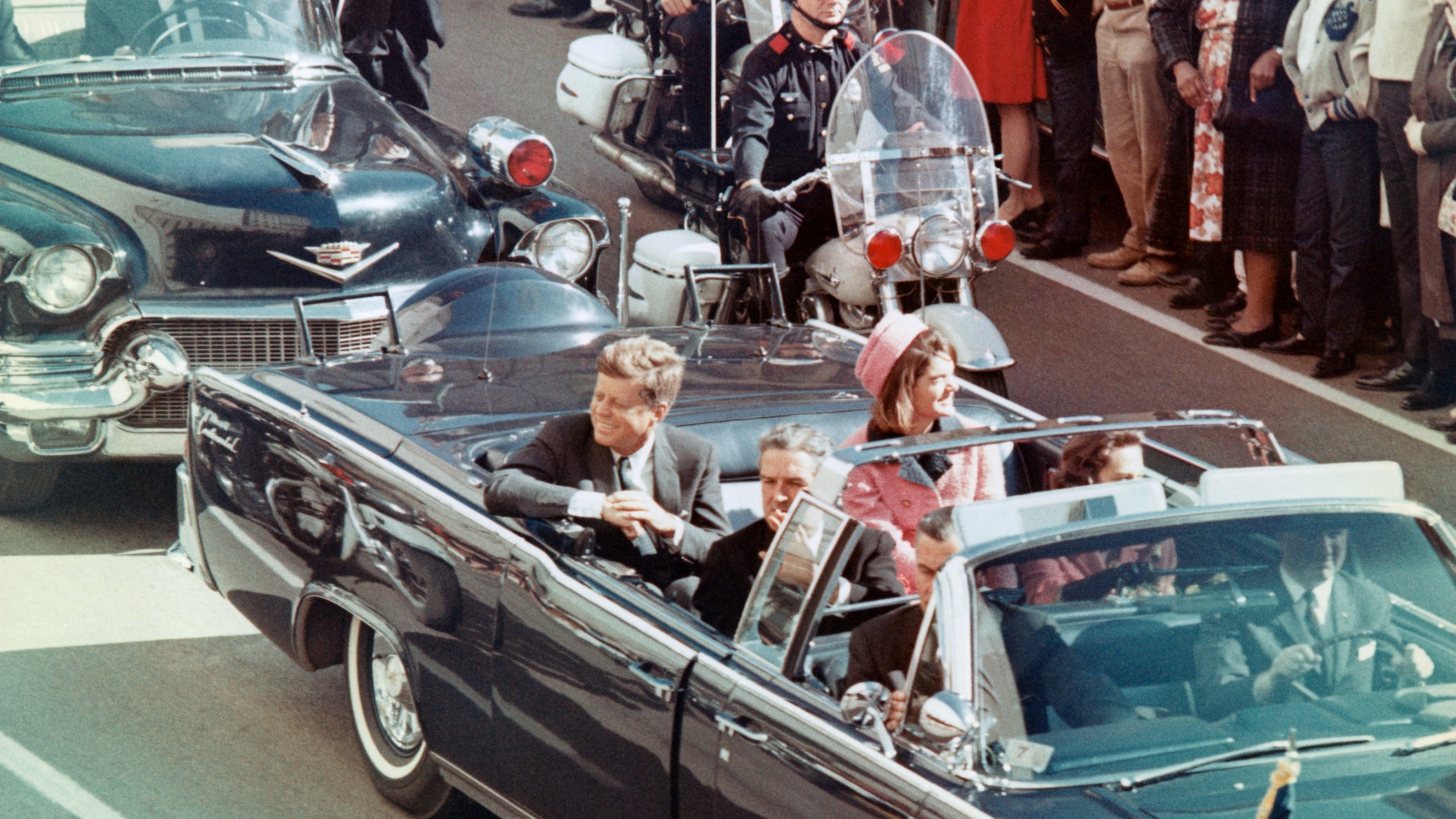 The JFK files: the truth at last?
The JFK files: the truth at last?In The Spotlight More than 64,000 previously classified documents relating the 1963 assassination of John F. Kennedy have been released by the Trump administration
-
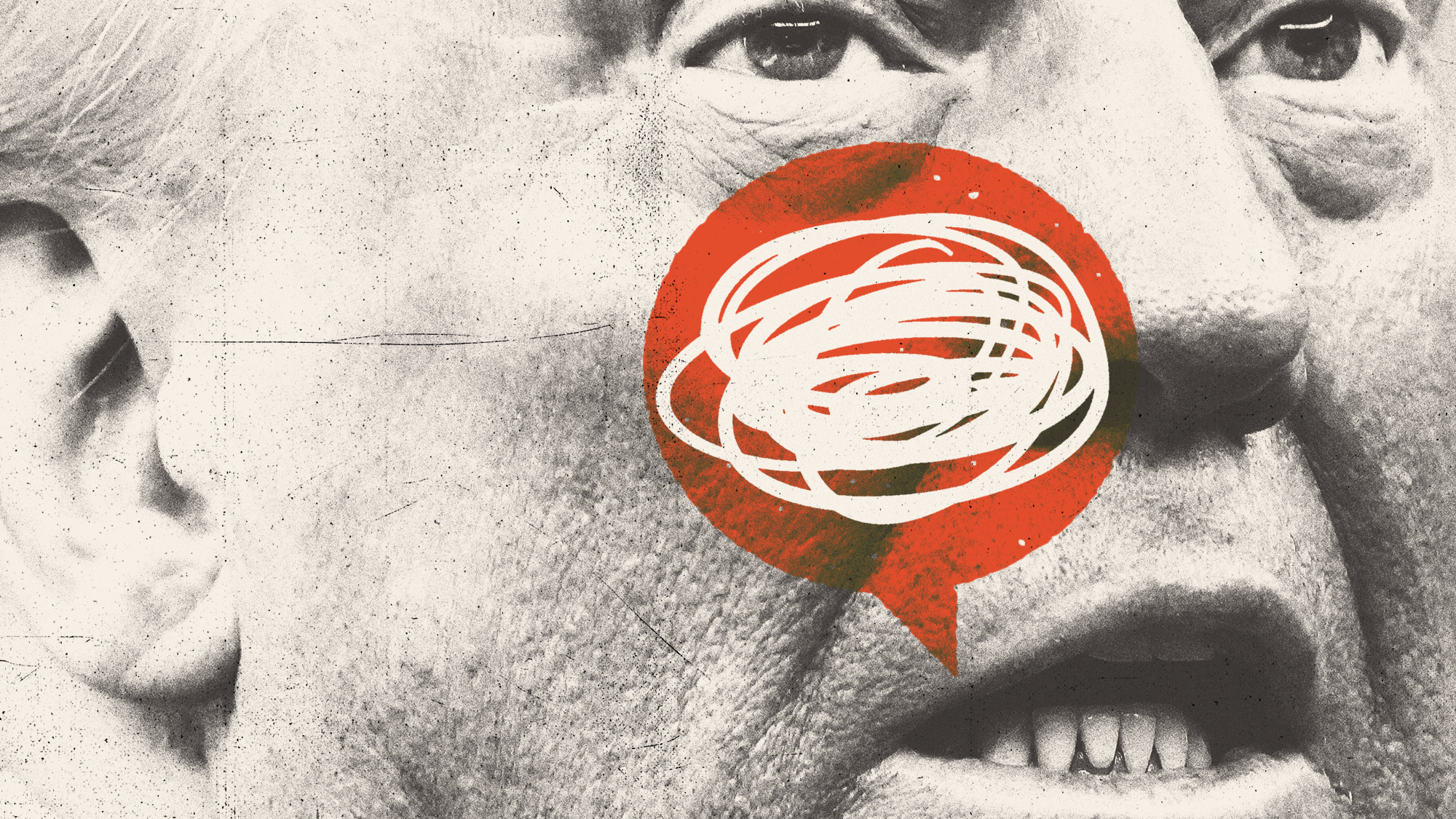 'Seriously, not literally': how should the world take Donald Trump?
'Seriously, not literally': how should the world take Donald Trump?Today's big question White House rhetoric and reality look likely to become increasingly blurred
-
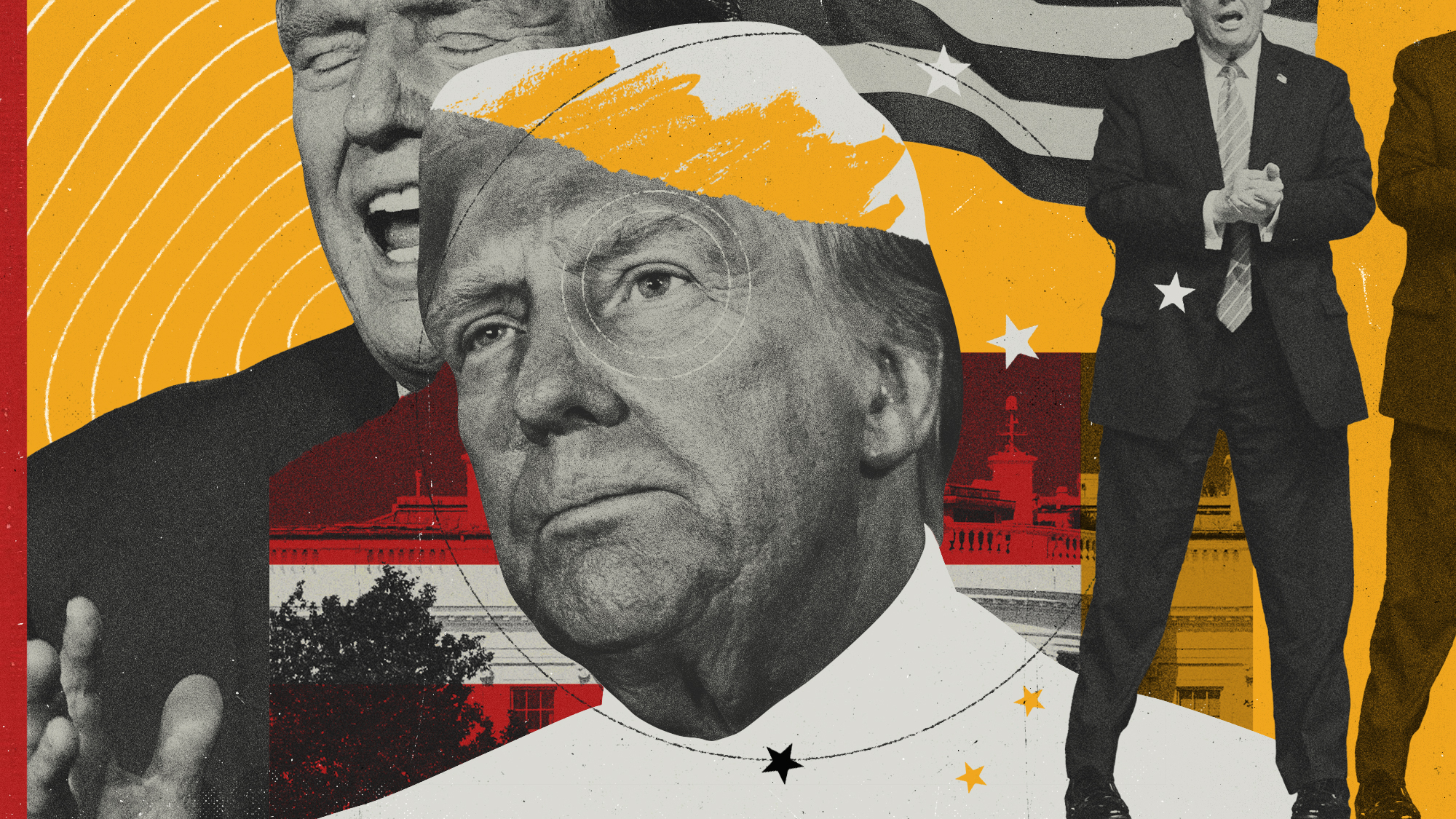 Will Trump's 'madman' strategy pay off?
Will Trump's 'madman' strategy pay off?Today's Big Question Incoming US president likes to seem unpredictable but, this time round, world leaders could be wise to his playbook